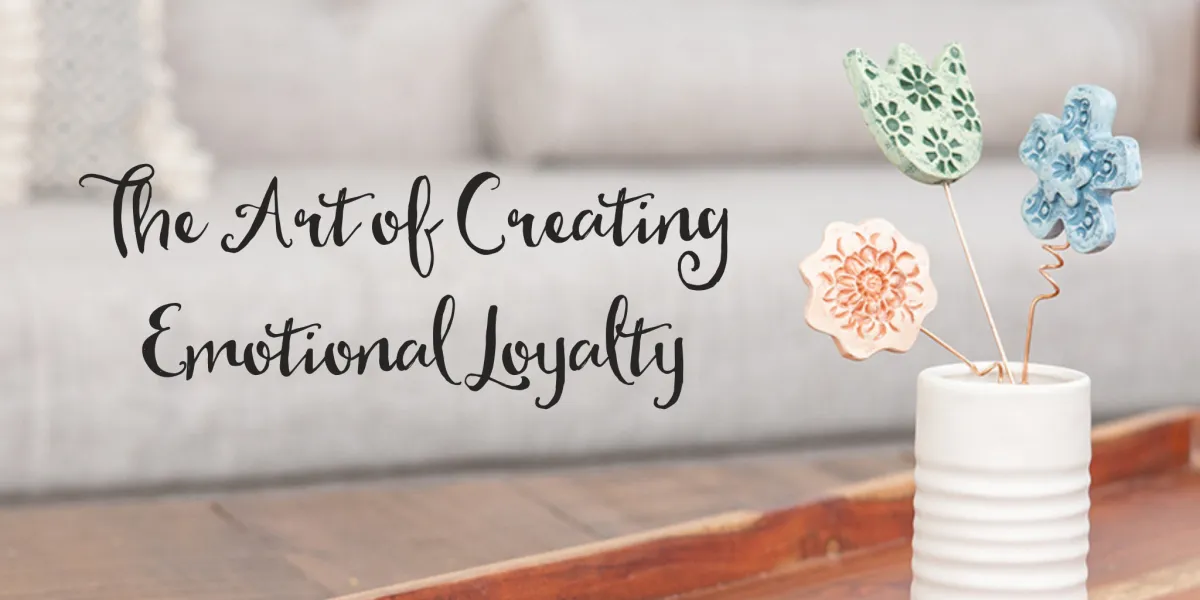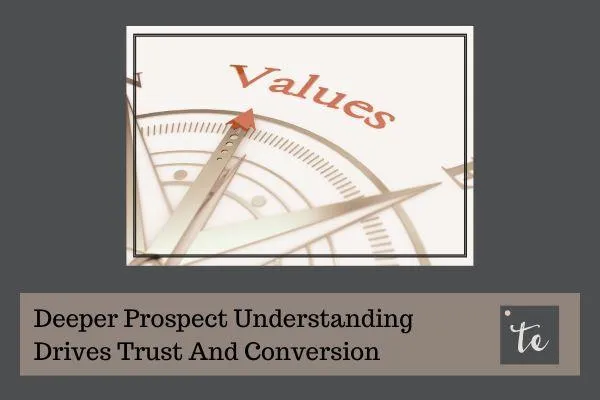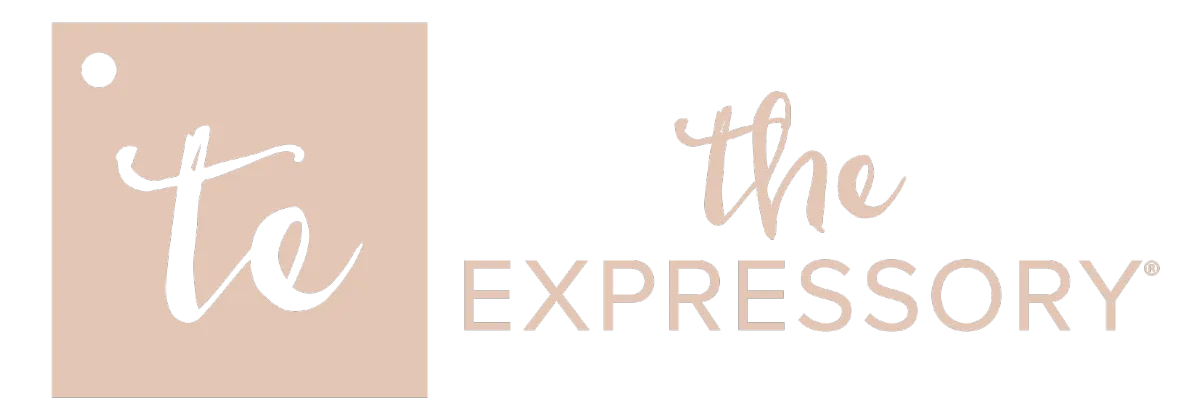
What Swimming Teaches Us About Team Relationships
In my latest video, I break down how swimming teaches us the importance of these relationship-building efforts and the specifics of what we as leaders need to nurture with our teams.
Holiday Gift Insights - What Everyone Else Is Doing
In an effort to simplify the decision-making process, we're sharing some of the trends we've seen with gifting over the years. We're even sharing our best seller and why that gift had such success.
What Makes A Successful Holiday Gift? The Travel Bag Edition
Last year we had the opportunity to work with one of our clients in the travel and tourism space to design an experience that delivered their highest engagement yet.

Deeper Prospect Understanding Drives Trust And Conversion
With 14,000 new marketers signing up for MailChimp every day, the marketing world is saturated. Businesses are working harder than ever just to be seen, let alone stand out, resonate, and build lasting client relationships. And while many are racing to adopt the newest tools and tactics, the most meaningful shift may actually come from something more human: how we engage, how we connect, and how we make people feel.
That’s one of the reasons I wanted to talk with Hannah Roth, strategist at Predictive ROI. Hannah works with agency owners to help them refine their positioning, prospecting, and sales processes. She’s data-driven to the core. She loves geeking out over research and reports, which she calls her “mad scientist side”. So, when she recently reviewed HubSpot’s 2024 State of Marketing Report, her reaction caught my attention.
“The trends this year indicate a high willingness to invest in customer experience, authenticity, personal engagement, and value-driven marketing initiatives. The sentiment this year seems to be more focused on how people feel vs how people think.”
That shift toward feeling over thinking mirrors so much of what we teach at The Expressory. We’ve long said that people don’t make decisions based solely on logic—they make them based on whether they feel seen, heard, understood, and cared for. It’s the emotional connection that fosters trust and long-term client retention. So I sat down with Hannah to talk about how agencies can improve the way they research, connect with, and engage their prospects, by developing a deeper understanding of the people they serve.
Your Message Isn't Just Competing. It's Getting Buried.
One of the first things Hannah brought up is that content has become easier to produce than ever before. AI and automation tools are flooding every channel with messaging, and most of it sounds the same. Businesses that aren’t crafting authentic, value-driven content with a clear point of view are quickly blending into inbox purgatory.
This is where businesses start to feel invisible. And it’s where our work at The Expressory aligns so well with Hannah’s thinking. Because what’s going to stand out in this environment isn’t going to be more content, it’s going to be more care and and attention to how people feel. When you take the time to engage with people on a human level, not just pushing your offers, but showing interest in their world, you become the provider they remember.
But even the most thoughtful content and genuine outreach can fall flat if it’s being directed at the wrong audience. If your message is landing in the inbox of someone who doesn’t value what you value or who isn’t wired to engage the way you do, you’re still missing the mark. That’s why standing out isn’t just about what you say—it’s about who you’re saying it to.
Stop Chasing Everyone—Start Attracting the Right Ones
When it comes to building a prospect list, one of the most common mistakes is trying to be everything to everyone. It’s a strategy that often stems from good intentions. After all, who doesn’t want more leads? But more isn’t better if the people on your list aren’t aligned with your values or your approach to doing business.
Hannah was clear on this point: if you’re building your list based solely on demographic data like job titles or company size, you’re missing the most important factors. Those surface-level details don’t tell you how someone thinks, what they care about, or what drives their decision-making.
She emphasized the power of psychographics—digging deeper into the values, motivators, and preferences that shape someone’s business decisions.
Hannah put it bluntly: “You don’t want to be everything to everyone. If you’re only focusing on demographics, you’re missing that psychological aspect. You’re not giving people the chance to connect with you.”
When your outreach reflects those deeper layers, you create a message that connects. And just as importantly, when your message is clear and authentic, it will also repel the people who aren’t a good fit. And that’s a good thing.
The goal isn’t just to fill your pipeline; it’s to fill it with people who are more likely to value your work, stick around long-term, and likely tell others about you. But it goes deeper than that. It’s also about understanding their world well enough to know you’d be a good fit for them, not just the other way around. When you take the time to learn more about their interests, challenges, and goals, you’re not only better equipped to help them, you’re also able to share content that resonates with their experiences and priorities.
Hannah emphasized this, saying that prospects look for signs that a provider “gets” them. “They want to know—do you work with people like me? Do you solve the same problems I have? Do you share stories that I can relate to?”
That’s what starts to create an emotional connection even before the first sales conversation happens. And when prospects feel like you get them, trust builds faster. You’re no longer just another option. They begin to see you as a partner who understands what matters to them. That kind of alignment doesn’t just speed up the sales process, it sets the foundation for a relationship that lasts well beyond the first project.
Values, Goals, and Expectations are the Real Deal Makers
Another powerful takeaway from Hannah’s strategy work is her framework for identifying long-term, high-value clients. She encourages agencies to evaluate every prospect against three critical areas of alignment: values, goals, and expectations. If a client doesn’t share your values, even the best work can feel misaligned. If your goals aren’t compatible, you’ll constantly be working hard but missing the mark. And if expectations aren’t clearly defined and managed from the start, confusion and frustration will almost certainly creep in.
But there’s another important layer to this. When you truly understand what your clients value and what they’re working toward, it becomes significantly easier to show that you care. Not just in your messaging, but in how you show up and serve. That kind of care doesn’t have to be forced or scripted; it comes naturally when there’s genuine alignment. It won’t feel like an effort because you’re already invested in the same outcomes. And that’s what strengthens relationships for the long haul. When you know something deeper about your clients, what matters to them, what motivates them, and how they define success, you create emotional connections. The kind that lead to greater retention, stronger advocacy, and ultimately, higher lifetime value. This is what allows your work to move from transactional to transformational.
Making space for these conversations early on helps prevent friction down the road. And even if a prospect isn’t a match now, that doesn’t mean they won’t be a better fit in the future when goals or needs shift.
Five Questions Every Business Leader Should Ask Now
If you’re looking to build stronger, more sustainable relationships with your prospects, and ultimately your clients, consider how your current strategies measure up to these five questions. They’ll help you uncover the gaps in your approach and guide you toward a more intentional, emotionally resonant strategy:
Are we intentionally crafting messaging that makes our prospects feel understood—not just informed?
In a noisy digital world, what people remember isn’t just the message, it’s how it made them feel. Are you connecting on a human level, or simply adding to the clutter?Are we creating intentional, low-risk opportunities for prospects to engage before asking for a commitment?
Not everyone is ready to jump into a sales conversation on day one. Are you offering meaningful touchpoints - like resources, events, or conversations - that help prospects build trust and familiarity with your brand before they’re asked to buy?Are we choosing prospects based on deeper alignment—not just their title or industry?
Shared values and priorities lead to better communication, smoother collaboration, and longer-term relationships. Are you building your list with this in mind?Do we truly understand our prospects’ challenges, motivations, and goals before trying to earn their business?
When you know what’s important to them, it’s easier to demonstrate value in a way that resonates. Are you leading with insight, or assumptions?Are we creating space for emotional connection—not just transactional interaction—in our client relationships?
Retention and loyalty grow when clients feel you’re invested in their success. Are you nurturing that connection beyond the scope of the project?
Address:
1500 S. Sylvania Ave #106
Sturtevant WI 53177
Phone:
414.243.8971

